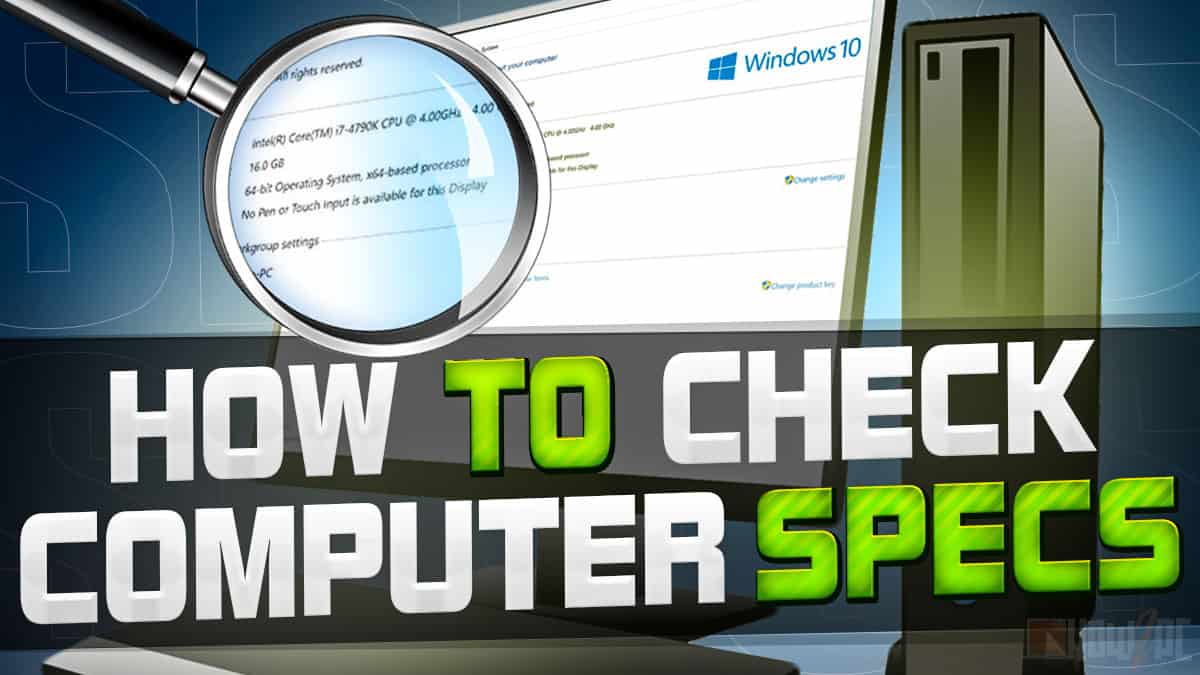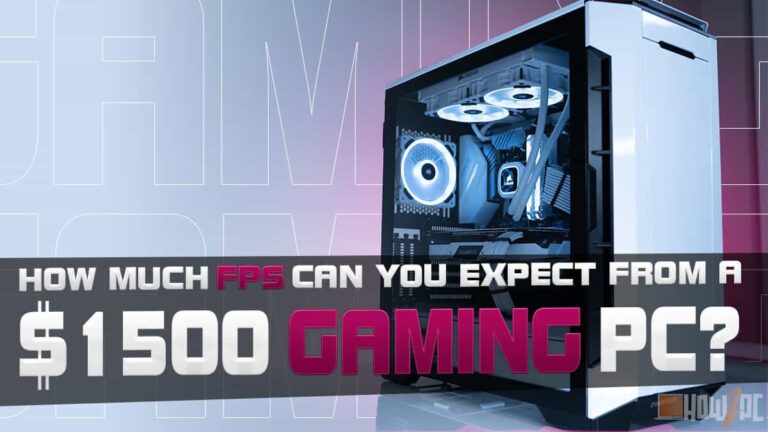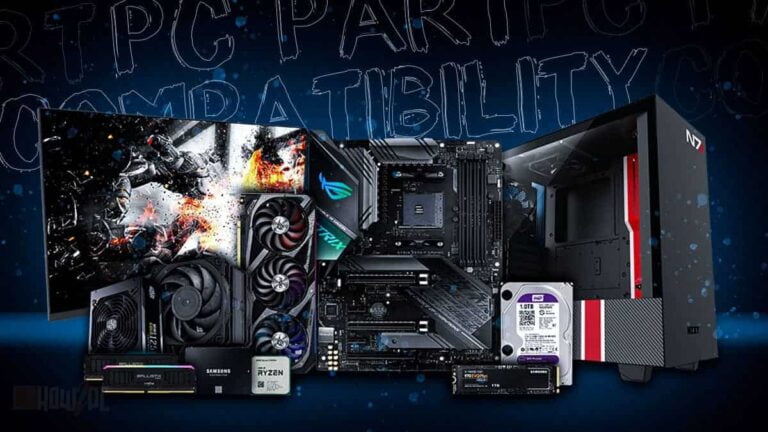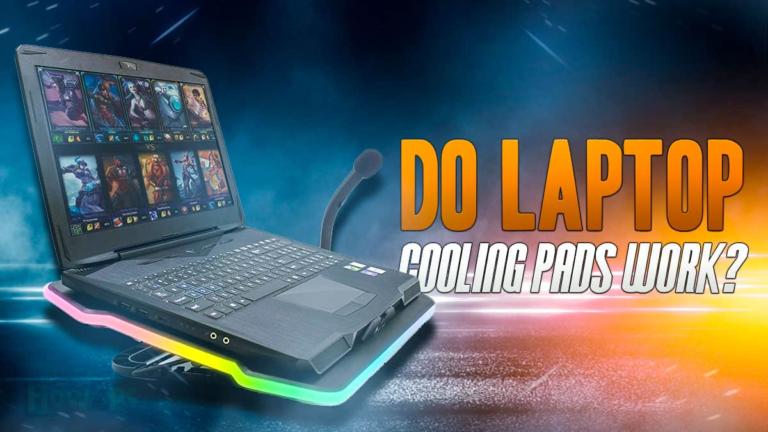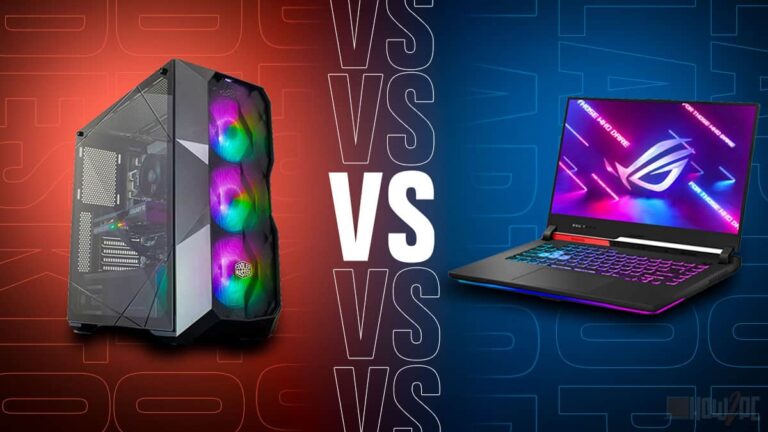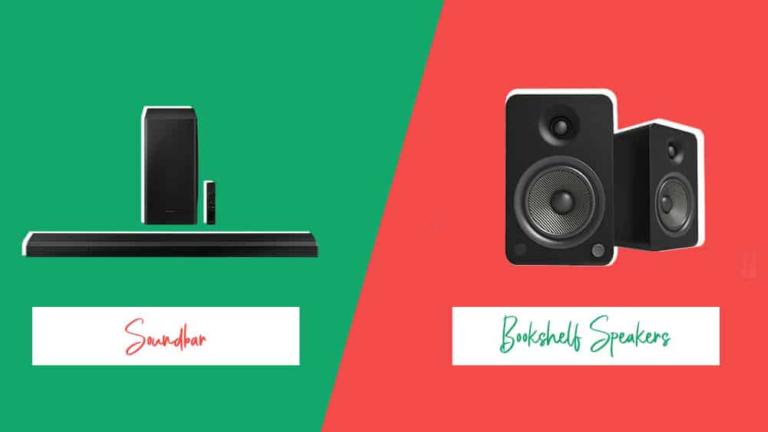Whether you are looking to troubleshoot your computer, or you want to upgrade the existing hardware, or are you outright looking to sell your computer, computer specs are required at every turn of the way.
Without knowing the complete PC specs, you are most likely not to proceed any further.
I know what you might be wondering, how to check computer specs? Well, glad you asked because this article will contain an in-depth guide on how you can check the specs on pc.
Not only that, but I will also ensure to keep the guide simple and jargon-free while also walking you through each step along the way.
So, without further ado, let’s begin.
How to Check the Specifications of a Computer?
For your ease and convenience, this section will be divided into each component of the computer. One by one, we will evaluate how the specification can be checked for each computer part.
Checking the Processor (CPU)
The processor is the most critical component of your computer hence it is natural that one should gravitate towards checking the specs for it first.
The following is the method that you can employ to check the processor.
- Right-Click on the Windows start menu button which is located at the bottom left of the screen. This is the icon with the Windows logo.
- Navigate to the ‘system‘ option and click on it.
- Under the Device Specification heading navigate to the Processor option. Here the current specification of your CPU will be listed.
Clearly, this checking specification thing is easy, right? Well, expect other components to follow in the same vein as well.
Checking the Graphics Card (GPU)
After the processor, let’s move to the graphics card because normally this is the next time you check after you are done with the processor.
The process for checking the graphics card is also quite similar to the CPU and likewise is easy.
To check the graphics card specification of your computer, do the following:
- Navigate to the Windows search bar located at the bottom-left of the screen right next to the Windows logo.
- Type in Device Manager and hit Enter key.
- In the new menu that opens, head to the Display adapters heading click on it.
- Now, the GPU that is installed in your computer will be displayed to you.
In some instances, there might be a case where under the Display option heading you will be presented with two options.
If that is the case, then do bear in mind that one option is for the integrated graphics that your CPU might contain.
Without going into much detail most CPUs come with their own graphic chip albeit not a powerful one. Still though since they contain graphics chipset, its name will also be displayed under the Display adapters heading along with your main graphics card.
Usually, the integrated GPU will contain either of the two names i.e Intel HD graphics or AMD Radeon graphics. These names are used for Intel and AMD chips respectively.
If you see these names remember to ignore them for knowing the specification of the main graphics card unless you deliberately want to know about integrated graphics.
Checking the Capacity of RAM
Games tend to have specific RAM requirements to run properly therefore more often than not you will need to know how much RAM does your computer has. Fortunately, checking that out is as easy as slicing butter with a hot knife.
The following procedure can be used to check the RAM capacity of a computer.
- Right-click the Windows logo located at the bottom left of your screen.
- From the new pop-up menu that opens, select the ‘system‘ option.
- Navigate to the Device Specification heading and under this heading there will be a separate section for Installed RAM containing all the necessary information about installed RAM in your computer.
Check out our RAM-related guides below.
Checking the Motherboard
At times, knowing the exact specification of the motherboard that is installed in the computer is necessary for performing software as well as hardware upgrades.
In the motherboard department, things aren’t as easy as the CPU, GPU, and RAM and here things are a bit more complex because you not only need to know the make and model of the motherboard but also the chipset it supports.
The chipset of a motherboard basically shows it supports the different AMD and Intel processors. Based on the chipset the compatibility of a motherboard with a CPU is gauged upon.
A typical motherboard name will consist of the manufacturer’s name, followed by the chipset code, and then the model.
Let’s take the MSI B550 Tomahawk. Here we can see that the first name represents the manufacturer of the motherboard which in this case is MSI. The B550 is the chipset code while the Tomahawk is the model’s name.
This segregation not only exists for MSI motherboards but for all motherboards, so don’t get confused if the motherboard doesn’t start with the word MSI.
Besides MSI the other mainstream motherboard manufacturers are Asus, Gigabyte, and AsRock.
To know the motherboard installed in a computer, do the following:
- Navigate to the Windows search bar and type System Information. Press Enter
- In the new window that opens keep scrolling down until you BaseBoard Manufacturer, BaseBoard Model, and BaseBoard name. These three will be in the same consecutive order respectively.
- The BaseBoard manufacturer shows the name of the motherboard’s manufacturer.
- The motherboard Model shows the chipset that the motherboard supports and in some cases the model number of the motherboard as well.
- The BaseBoard name shows the version and the series name of the motherboard.
Piecing all the three together will net you the complete specification of your motherboard. I might add before proceeding further, do not get confused in BaseBoard manufacturer information shows Asustek Computer INC.
This is basically the corporate name for Asus, so nothing is really out of the ordinary here. The same goes for other manufacturers as well.
Check out our motherboard-related guides below.
- Best Motherboard for Ryzen 3600
- Best Motherboard for Ryzen 5600X
- Best Motherboards for Ryzen 5900X
- Best Motherboard for Ryzen 7 5800X
- Best B550 Motherboards
- How to Update Motherboard Bios
- How to Check What Motherboard I Have
- What Is a Motherboard?
Checking the Storage Capacity
To check the storage capacity, you can either go with the traditional way of opening My computer seeing the available space. I reckon most of us know this method, so I am going to tell you a little something advanced.
To check the storage capacity of the computer, do the following:
- Navigate to the windows search bar and type disk management.
- Press the Enter key.
- On the new windows that open navigate to the storage drives and click on it.
- Subsequently, information regarding all the storage drives connected to the computer will be displayed to you.
Checking Computer Specifications With the Use of 3rd Party Tools
If Windows is not giving you the desired results when searching for computer specs or you have an older version of the Windows, then you can use 3rd party tools to check for computer specifications.
The 3rd party monitoring tools work in the same way as Windows if not better therefore you can absolutely trust the information they provide.
Although there are many tools that can serve this purpose, I have filtered out the 5 best specification monitors for you that are the easiest and the most effective to use. The following is the list of them
- HWinfo
- Speccy
- HWMonitor
- CPUz and GPUz
- Belarc Adviser
To check specifications via these tools simply download the one you like and install it on your computer. After you are done installing, open the tool and let it run for a minute or two. Eventually, the tool will pick up the specs of your computer without you having to do any manual work and once it does all the information regarding the computer will be displayed to you.
All the tools mentioned work in this manner and require no additional credentials. Therefore, you can choose any of the tools from the list without worrying about its application.
How to Check System Specs On a Laptop
Although this article may seem tailored towards desktop computers, suffice to say the same methods are also applicable on Windows laptops as well.
As long as you have a laptop that runs Windows as an operating system you can safely use all of the aforementioned methods to check the specs of your laptop.
What to Do With the Computer Specifications That You Just Found Out
Knowing the specification of your computer can lead to making better decisions for your computer. Once you know the computer specs, you can easily tell which part of your computer is lacking and needs an upgrade.
This will not only save you from upgrading your computer but will also give you better command on which component you buy for your computer.
While this may sound all fascinating do bear in mind that knowing the specifications only lays off the foundation to kickstart the computer upgrade process and additional information is required to progress further in the journey.
Suffice to say, just picking up a higher-tier component to replace with your existing ones won’t always go as planned. Check out my guide on all the parts needed to build a PC that sheds more light on this matter.
The specifications not only enable you to upgrade your own computer but sell your own PC as well. After knowing the exact specification of your computer, you can head over to any popular thrift site and sell off your computer.
Another often overlooked advantage of knowing the specifications of your computer is that you can keep to date with any software updates.
Some components like the motherboard lack the auto-update feature and hence knowing the specification of such components allows users to keep driver updates in check.
Related Guides
Check out our price-focused prebuilt PC guides below.
- Best Gaming Computer Under $500
- Best Gaming Computer Under $800
- Best Gaming Computer Under $1000
- Best Gaming Computer Under $1500
- Best Gaming Computer Under $2000
Check out our GPU-focused prebuilt PC guides below.
- Best Prebuilt PC with RTX 3070
- Best Prebuilt PC with RTX 3080
- Best Prebuilt PC with RTX 3060
- Best Prebuilt PC with RTX 3090
Check out our aesthetics-focused gaming PC guides below.
Check out some of the other related guides.
Conclusion
It is quite apparent that knowing the specification of a computer is very important as many important decisions that you will make in your computer journey are in one way or another tied to specs.
That being said, I again want to emphasize the importance of knowing the complete building procedure before you dive headfirst into upgrading your PC.
I hope that you have understood our guide on finding the specifications of your PC. Before I sign off, do let me know in the comment section down below which specifications you are rocking with your current PC.

